
CNC Mills: Continuing Education
What is CNC machining?
There are a variety of CNC machining styles out there, and the technology is ever-expanding. CNC stands for computer numerical control. These machines make use of pre-programmed instructions to dictate a series of movements for the machine, whether it be grinding, punching, drilling, or turning. These movements, together with different tools, remove material from a workpiece, making this a subtractive manufacturing process. In machining, some common equipment that use CNC controls include lathes and mills. In this article, we will focus on the basics of CNC mills.
What are the different types of CNC machines and how do they work?
Basic CNC milling machines can be classified in two categories, horizontal and vertical.
The spindle of the machine is what allows tooling to remove material. The spindle is able to spin at controlled speeds, measured in RPM’s. Fig 1 is of a Vertical CNC Mill, because of the orientation of the spindle. Fig 2 is a Horizontal CNC Mill. The spindle extends and retracts on the Z-Axis of the cartesian coordinate system. The table of the mill moves to create the X & Y Axis. Horizontal mills often have a pallet changer that allows the operator to load/unload parts while the machine is running on the second pallet. In a production setting this allows the machine to continuously run with minimal downtime. This can also allow one operator to tend to multiple machines. The nature of how parts are held in a horizontal allows for gravity to help evacuate chips created during machining, thus speeding up the process.
A CNC programmer will use a drawing that was created in some type of CAD system. The CNC mill will then receive a set of codes telling the machine a variety of information including: where and how to move, what spindle speed is needed and if the coolant needs to be turned on.
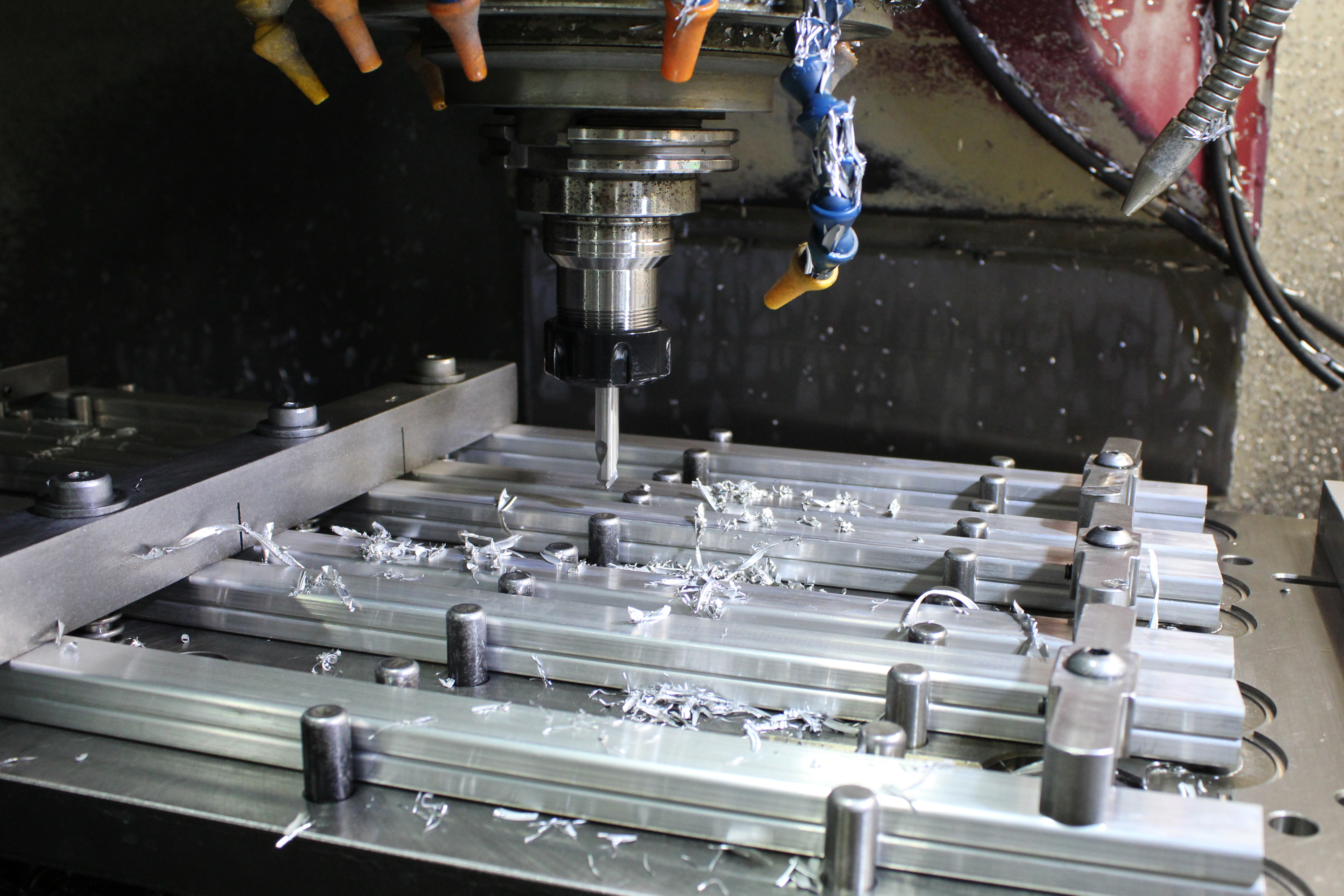
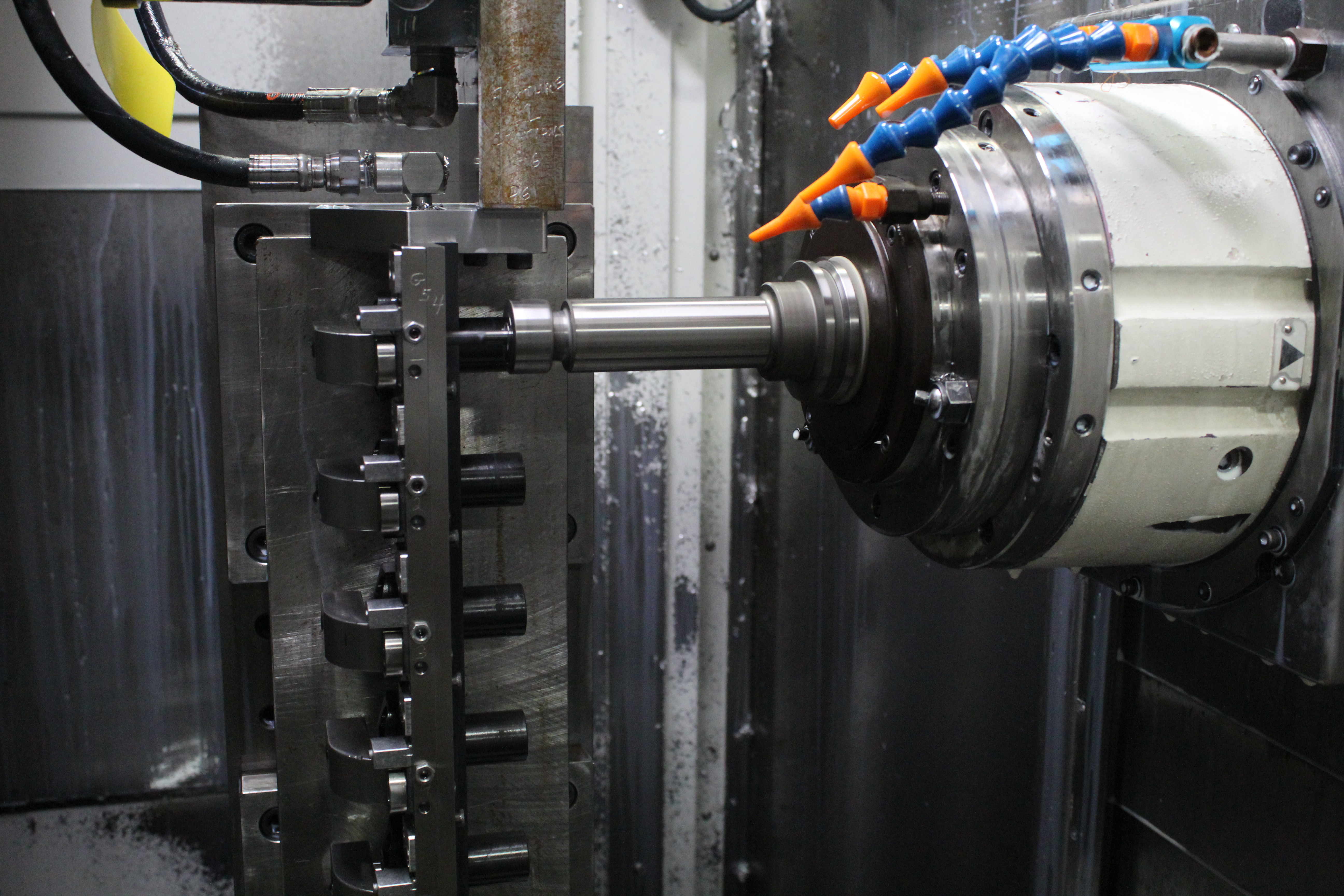
What can CNC Machines do?
CNC machines can hold very accurate tolerances and provide repeatability. Once a CNC mill is set up and the program is proven out, an operator is able to load/unload parts and make the same part over and over in a production setting. In a job shop environment, the operator might be setting up and running a variety of lower volume parts. There is a lot of versatility in these machines.
Normally during the production part run, the operator will be inspecting the parts that were just finished to assure they are still meeting the intended specifications. If measurements start to change, that could be the sign of tooling wear and require some investigation into what is going on.
Some common materials that get machined in CNC mills include plastics, steel, stainless steel, aluminum, titanium, and other ferrous & non-ferrous materials. The types of materials being machined will also dictate the speeds and feeds of the tooling, as different materials require different chip loads to effectively perform. Many modern CNC milling machines have coolant that pumps through the spindle and tooling. This allows for faster machining by keeping the tool cool and flushing out chips as they are created.
What are some common tools used in a CNC?
Mills are capable of a wide variety of processes. Three of the most common tools are:
End Mills – these tools can cut on the side or bottom of the tool. They are generally used for milling the sides of a block to a specific size, cutting slots and larger holes & shapes.
Drills - used to make round holes.
Taps or thread cutters - used to make the threads that would engage a screw or some other mating part.
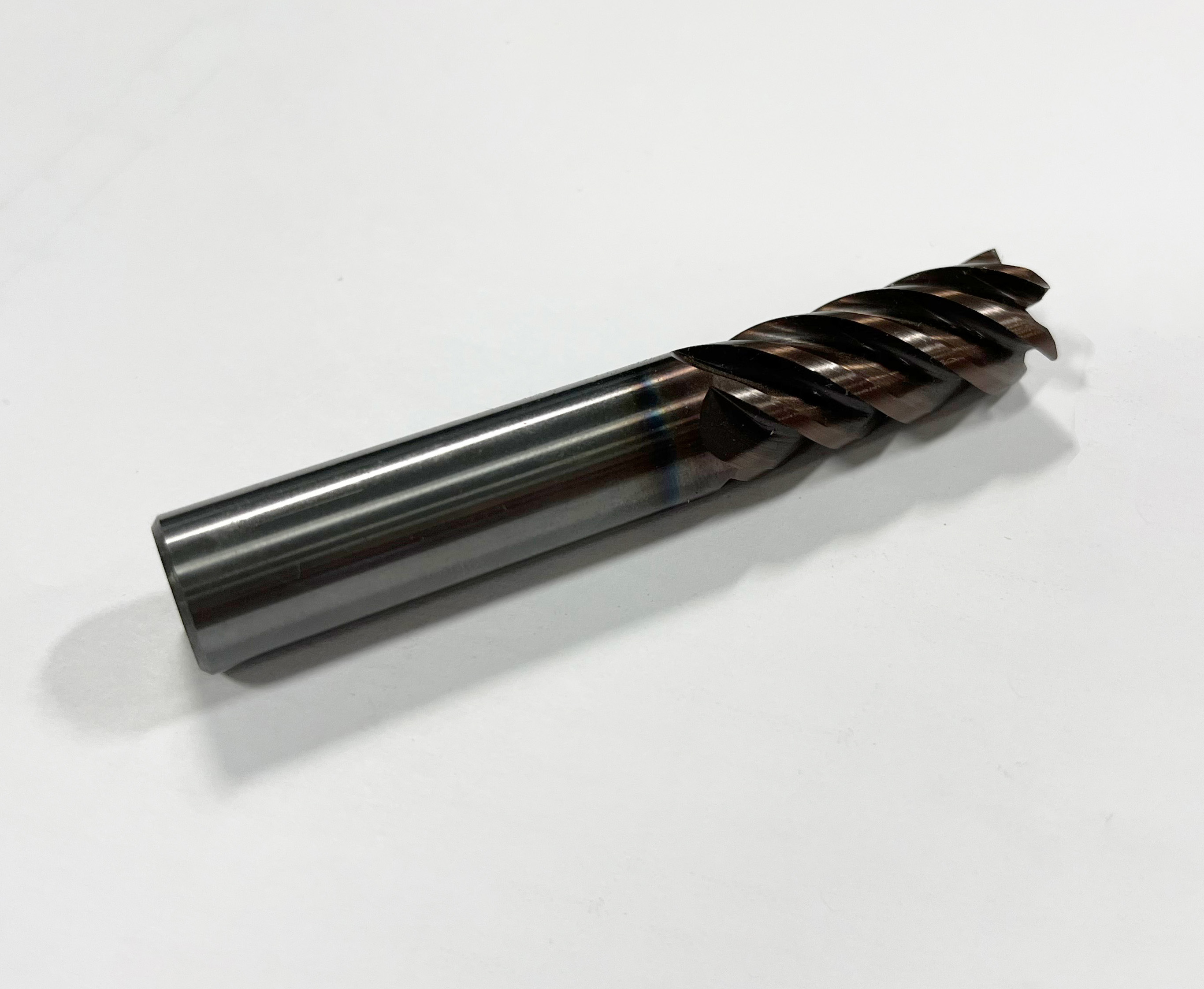
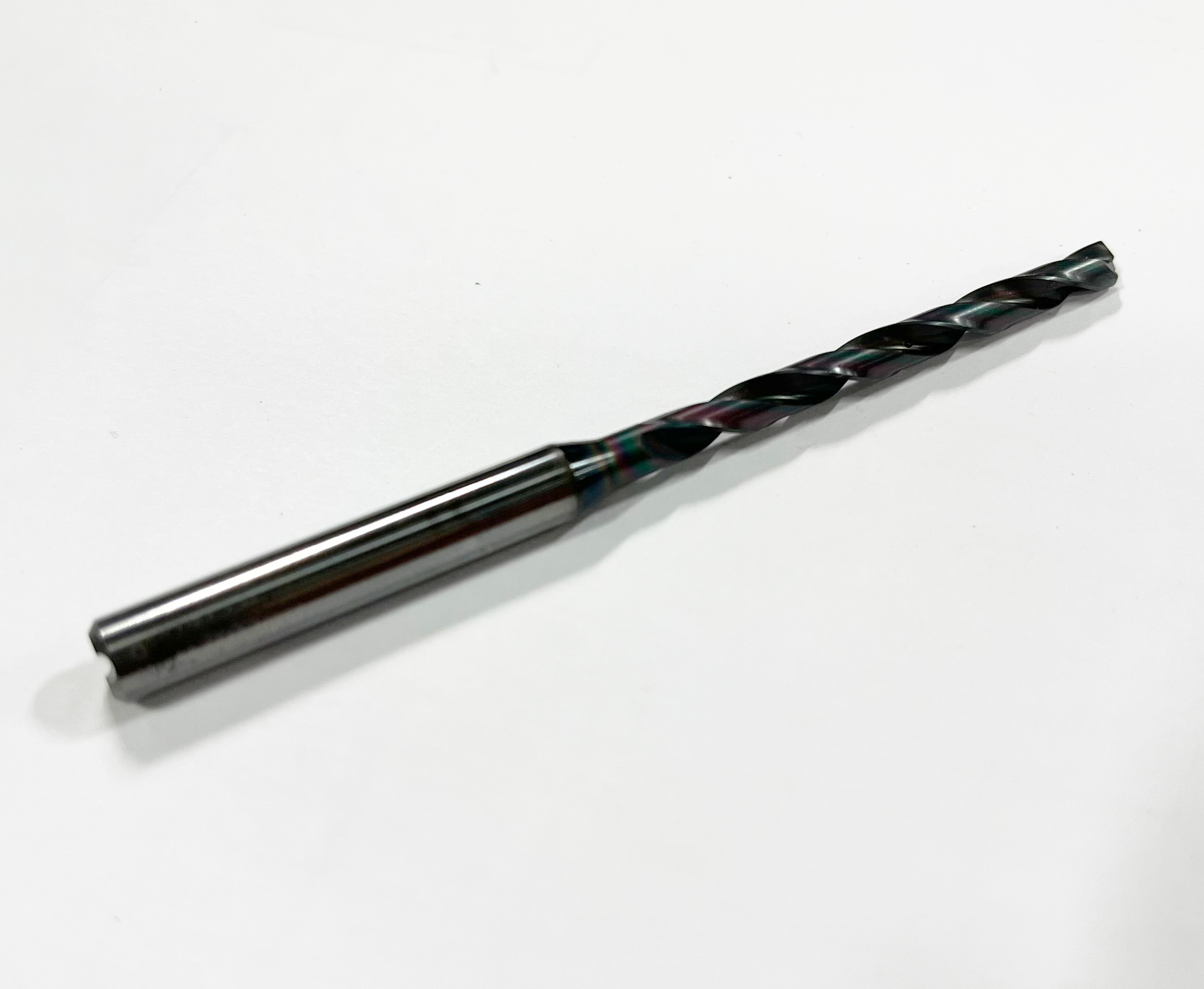
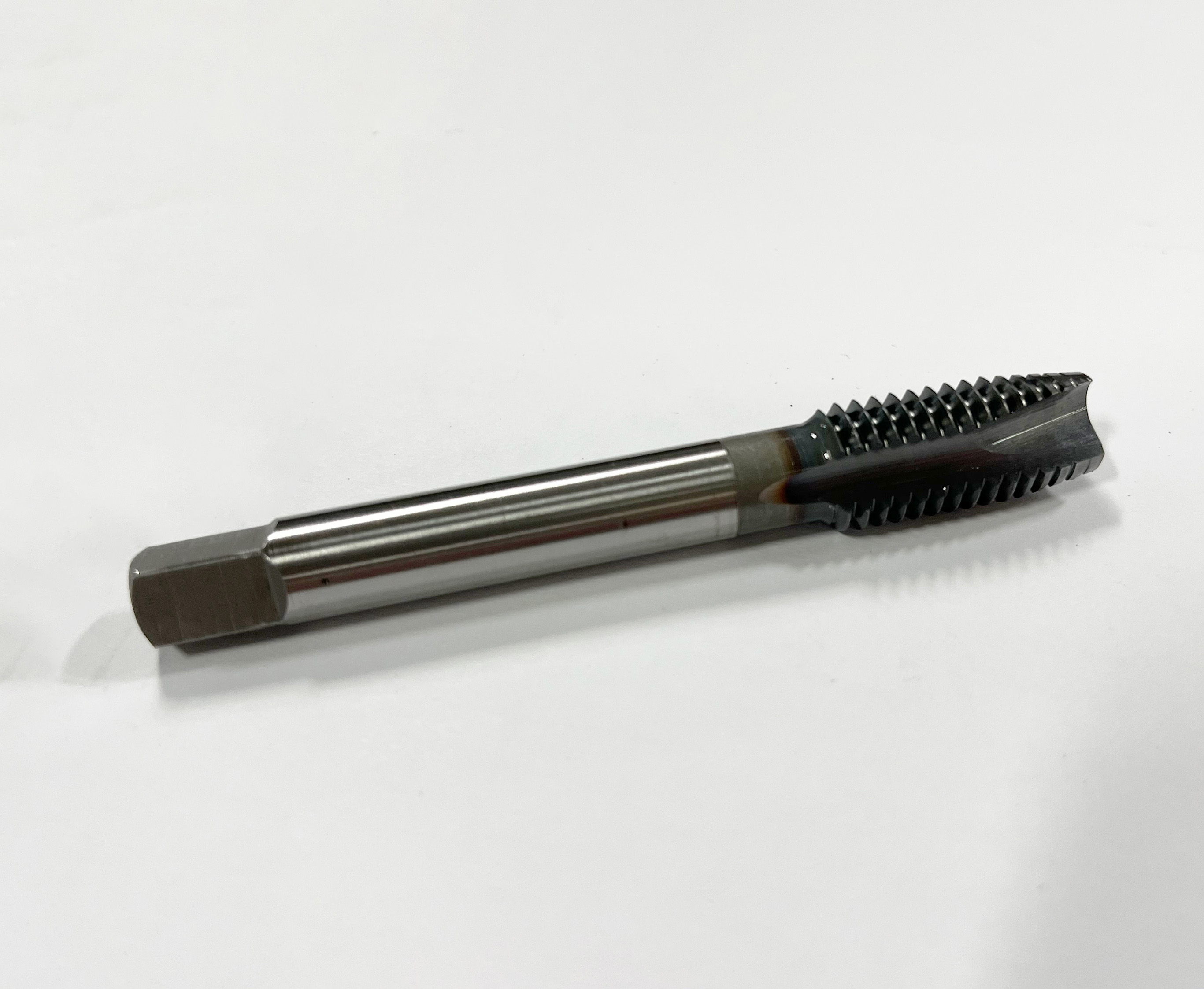
How tight can tolerances be held in a CNC Machine?
Depending on the processes being done, CNC machines can routinely hold tolerances of +/-.0005”(0.013) in a production setting. Accuracy will vary depending on the process being done, the materials used, the rigidity and accuracy of the machine and the skill set of the operator.
Fixturing is also another major factor in CNC machines. Material will need to be firmly held so there is no movement while operations are being performed. This fixturing can be more general like a vise that can be used in a wide variety of operations, or more specific like a fixture that is custom made to hold/locate a part or family of parts. Fixturing is a whole topic on its own. Check out our CNC Fixturing Guide article in the Blog section of our website to learn more.
End Mills – these tools can cut on the side or bottom of the tool. They are generally used for milling the sides of a block to a specific size, cutting slots and larger holes & shapes.
Drills - used to make round holes.
Taps or thread cutters - used to make the threads that would engage a screw or some other mating part.
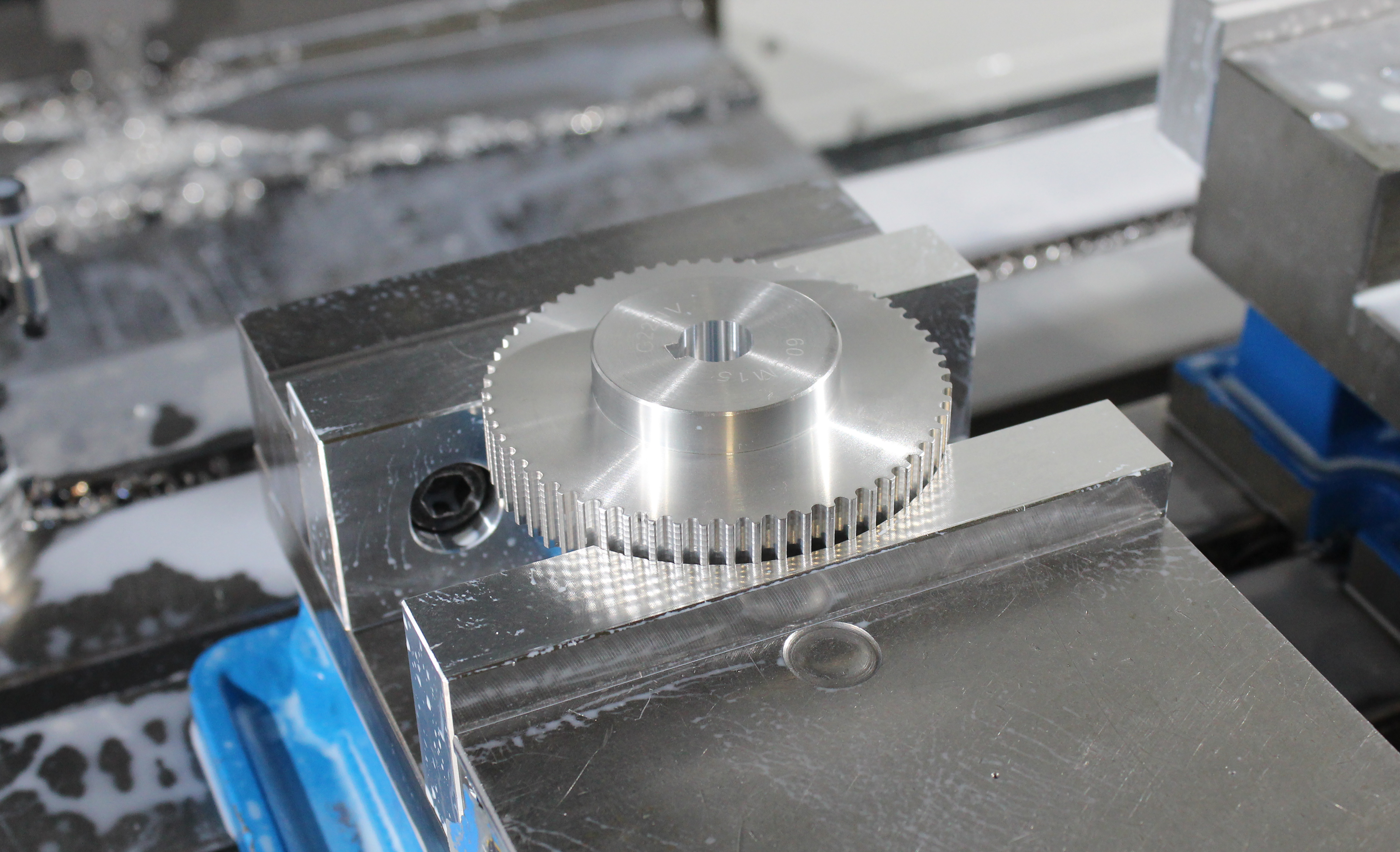
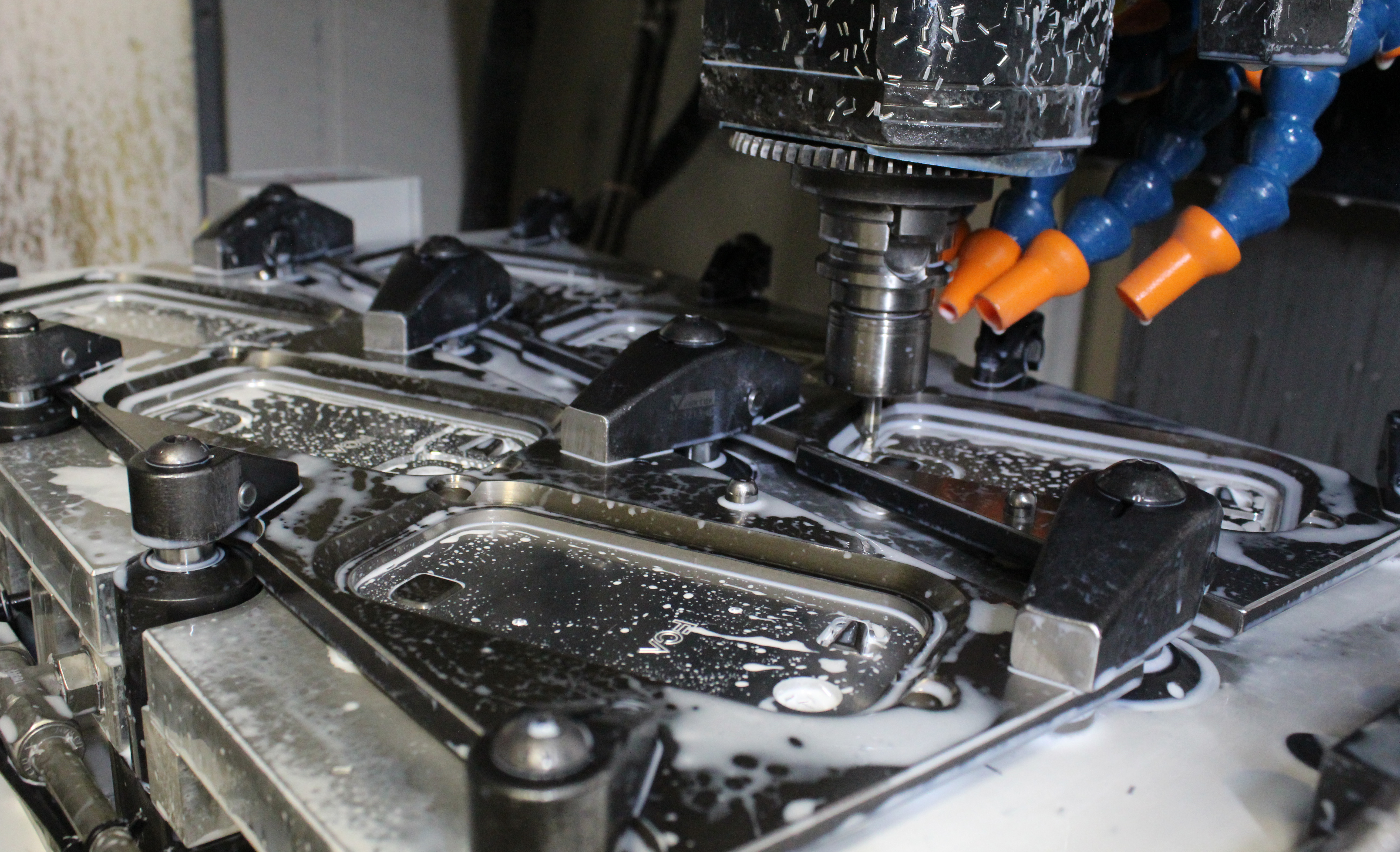
What are some of the advantages to CNC machining?
The main advantage of CNC machining is the speed and repeatability when machining in a production setting. These machines are also very versatile and can perform many different operations. The CNC machine has made it possible for lower skilled workers to perform high precision machining. Programming and setup will usually require a highly skilled person to perform those functions.
How can we help?
Wisconsin Metal Parts has been running prototype through production volumes since 1988. We have a variety of vertical and horizontal CNC machines, including 4th & 5th axis machining. We also have CNC turning and sub-spindle turning up to 11-Axis. Please Contact Us about machining, stamping, fabrication and assembly services. We are here to serve you with Purpose, Pride and Passion.







